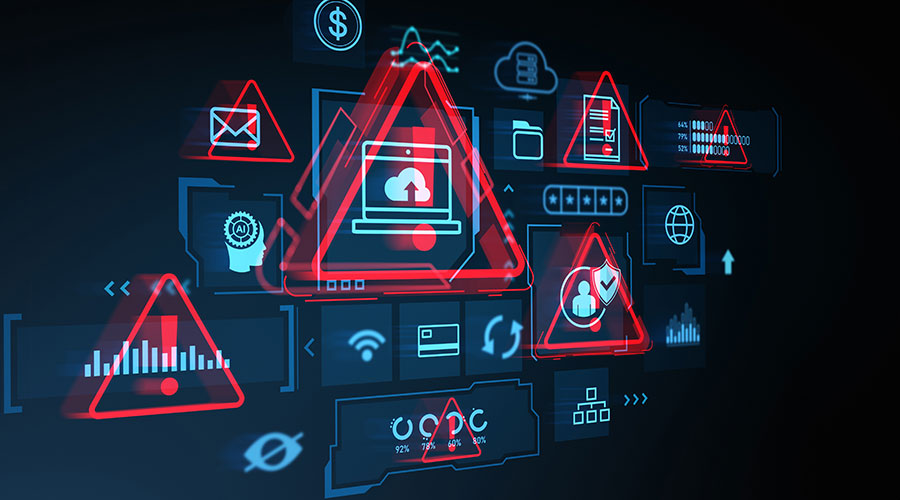There are places where the power simply cannot fail. Hospitals and healthcare facilities rely on electricity to keep people alive. In a natural disaster or extreme weather event, hospitals play an even more important role. They must not only carry on the day-to-day business of keeping people healthy, they must also take on the role of first responder on the front lines of a disaster. When widespread power outages strike throughout the electricity grid, hospitals must be outage-proof.
Unfortunately, even when Emergency Power Supply Systems (EPSS) or backup generators are employed, they may not always be reliable. It is estimated that 23 percent of generators fail when called upon in a power outage.1 New York City hospitals had backup systems in place during Hurricane Sandy, but many of these systems failed because of storm related issues. Others simply did not have enough fuel to last through the sustained outage. Patients had to be moved, and the city was forced to face the disaster with dangerously reduced health care resources. In the wake of the hurricane, Mayor Bloomberg made resiliency of the health care system a priority for the city of New York, and organizations such as Powered for Patients put a focus on safeguarding backup systems. Hurricane Sandy was a wake-up call for the need for resilient systems that function independently of the utility grid.
When facilities think about resiliency, physical aspects of the system may come to mind first: hardening the power grid, flood mitigation, or location of the generators. But while physical and environmental factors certainly affect resiliency, software and IoT play an important role as well. New Energy Network of Things™ platforms can connect backup power equipment so they can be more easily tested and monitored 24/7, providing visibility into real-time operational health and readiness and ultimately making these systems more reliable and resilient.
Energy IoT starts by connecting behind-the-meter assets
An important step in increasing the resiliency of a healthcare facility is to connect its behind-the-meter energy assets, in order to monitor them around the clock and ensure they will perform as required in an outage. Many backup power systems are made up of aging equipment that was put in place decades ago. Testing and monitoring involves a team of inspectors who walk the space and physically check each piece of the system with clipboards and stopwatches. Legacy assets that do have remote monitoring are often are unable to communicate with other parts of the system. Newer equipment that is able to communicate is often only able to do so over a select variety of protocols and can lock hospitals into proprietary systems that are not realistic. Energy Network of Things platforms solve these connectivity issues. By securely connecting to any equipment, regardless of vendor, age or type, facilities are able to collect operational health and readiness data, which allows for more reliable backup power systems and can make the goal of 100% uptime a reality.
Real-time data, monitoring and control increases resiliency
Once energy assets are connected, Energy Network of Things platforms can gather, access and visualize real-time energy data. This makes it possible for a fleet operator to have real-time situational awareness of battery voltage, fuel tank level and health and readiness of every aspect of their equipment. Testing can be accomplished remotely with a live video feed, and real-time health data from generators and other equipment can be accessed online or through a tablet or mobile device.
This is important, because even with backup systems in place, there are many reasons why a generator might not function when it’s supposed to. Battery levels, lack of fuel, oil pressure, coolant temperature—any of these and many others can lead to generator failure. Regular testing and monitoring catches these problems early and allows them to be addressed before they become worse. Vulnerabilities can be analyzed, prioritized and corrected. Alarms can be sent to mobile devices via text or email in advance of potential failures or mechanical problems, ensuring backup power is running before an outage. During an outage, equipment can be isolated and repaired. Power can be redirected from another source, or even from another geographic location.
This real-time visibility can also indicate environmental hazards that could threaten the backup power system. For example, if equipment monitoring shows a failure of a sump pump near an emergency generator on a lower floor, the facility manager knows that the equipment on that floor is more vulnerable to flooding. Real-time monitoring allows facilities to develop and implement an action plan.
Payback: Hospitals can get paid by their utility to strengthen the local grid
Facilities can also become more resilient by participating in demand response initiatives that can strengthen local grid resiliency. Protecting backup power at critical facilities is one of the most important missions of a utility during a crisis. Emergency Demand Management programs are mutually beneficial, helping the utility maintain power supply and ensuring that critical health care facilities have the power they need to get people safely through a disaster, without diverting power from other sources. In the event of a grid emergency, the local utility provides advance warning of an impending grid interruption or failure before it occurs. Connected facilities are able to switch over to a backup generation power supply, stabilizing the grid and avoiding a facility outage. These programs help facilities avoid involuntary service interruptions during times of supply scarcity.
Hospitals can significantly increase operational efficiency with real time data and around-the-clock monitoring. Visibility and connectivity to all assets through an Energy Network of Things platform are key to meeting the goals of increasing energy resiliency, improving efficiency and enabling self-sufficiency. With the right technology, hospitals and critical healthcare facilities can lead the charge of becoming facilities of the future, while at the same time keeping patients safe and healthy when it’s needed most.
Mark Williams is vice president of sales at Blue Pillar.

 Should We Be Testing Toilet Water in Patient Restrooms?
Should We Be Testing Toilet Water in Patient Restrooms? Healthcare Union Petitions for Increased Staff Safety at HCA Florida Hospitals
Healthcare Union Petitions for Increased Staff Safety at HCA Florida Hospitals HGA Announces Completion of the Jeffrey and Patricia Cole Pavilion
HGA Announces Completion of the Jeffrey and Patricia Cole Pavilion Healthcare Facilities Look to Future-Proof Facilities
Healthcare Facilities Look to Future-Proof Facilities Yale New Haven Health Experiences Data Breach
Yale New Haven Health Experiences Data Breach